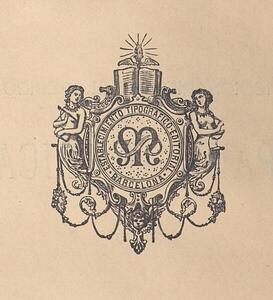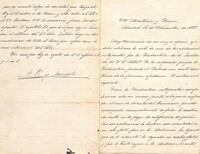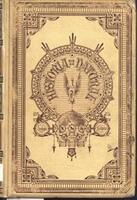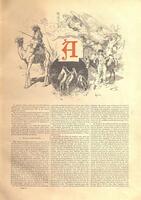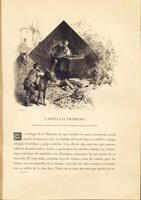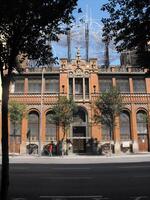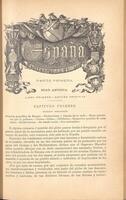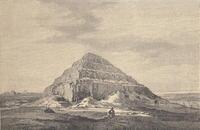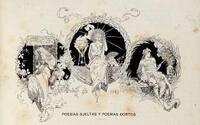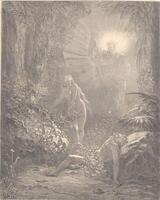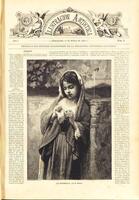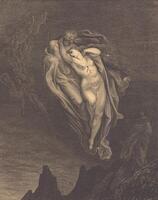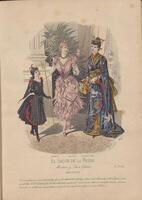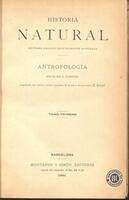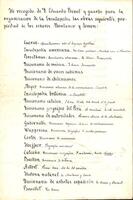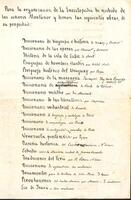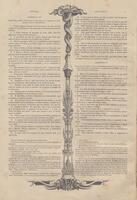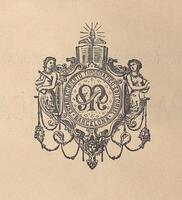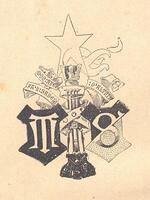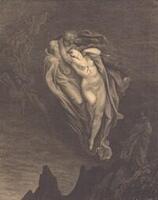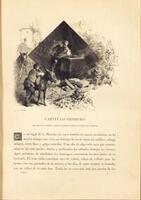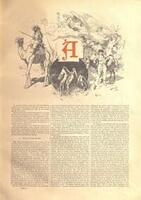Montaner y Simón
(Updated 08/10/2024)
Founded by Ramon Montaner i Vila and Francesc Simón i Font in 1867, this imprint came to lead the Catalan and Spanish publishing industries, and it was a benchmark publisher in the sector until the mid-20th century.
Its editions, which spanned a wide variety of topics including history, literature, geography, travel, science and even the Bible, stand out for their high-quality printing and the accuracy of their illustrations. The language of the publications was always Spanish, and they were targeted at a bourgeois, wealthy audience. The publishing house’s headquarters was one of the first Art Nouveau buildings in Barcelona, built by the architect Lluís Domènech i Montaner. In 1993, this building was declared an asset of national interest in the category of historical monument. The Fundació Antoni Tàpies has been based there since 1990.
+ informationSearch collections
Montaner y Simón collection in the Biblioteca de Catalunya
The Biblioteca de Catalunya conserves documentation from the former Montaner y Simón publishing house coming from the Ramón Borràs autograph collection (letters, contracts, invoices, account and inventory books...). This collection is complemented with the Biblioteca de Catalunya’s collection of the publishing house’s catalogues.
Montaner y Simón collection in the Museu del Disseny de Barcelona
The Museu del Disseny de Barcelona preserves administrative documentation corresponding to the period 1847-1948.
Regarding to graphic materials, the Biblioteca de Catalunya conserves more than 100 woodblock matrixes, some of which were carved out of boxwood from Romania, exceptional proof of this company’s artistic efforts. The Biblioteca Museu Victor Balaguer also conserves graphic materials.
Woodblock matrixes – Catalan authorship
Catalogue of publishers from the Bergnes de las Casas collection (Biblioteca de Catalunya)
Catalogue of publishers of Catalonia until 1939 (Biblioteca de Catalunya)
Collection of woodblock matrixes at the Víctor Balaguer Museum-Library, Vilanova i La Geltrú
More information and documentation on the works produced
Bellver, Laura. La editorial Montaner y Simón (1868-1981): el esplendor del libro editorial ilustrado (1868-1922). Barcelona: Universitat de Barcelona, 2017.
Llanas, Manuel. L'Edició a Catalunya. Segle XIX. Barcelona: Gremi d'Editors de Catalunya, 2004.
Llanas, Manuel. L'Edició a Catalunya.Segle XX (fins a 1939). Barcelona: Gremi d'Editors de Catalunya, 2005.
Museu del Disseny de Barcelona
Pardo Herrero, Pilar. El Diccionario enciclopédico hispano-americano de Montaner y Simón: a propósito del léxico de la ciencia y de la técnica. Bellaterra: Universitat Autònoma de Barcelona, 2013.
